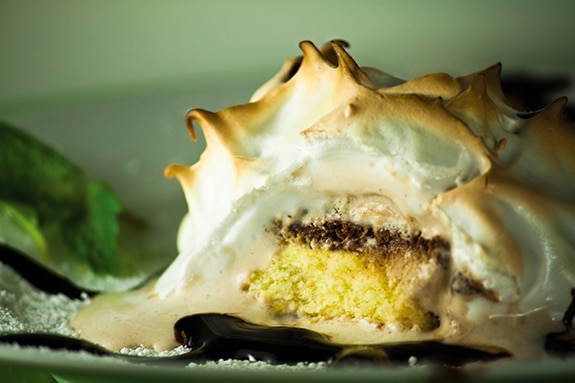Selecting Salmon
Confused about salmon and the different kinds? Look no further.

Pink or humpy salmon
Average size is 3 to 5 pounds. Pinks are the smallest and most abundant of all salmon and mainly used for canning. Its delicate texture makes it suitable for dips, casseroles, patties and sandwiches. The name Pink comes from the pale color of their meat. As males approach the spawning grounds, they develop a large hump on their back, hence the nickname “humpy”. Pinks run from mid-summer until early fall.

Sockeye or red salmon
These sleek Ferraris of the sea average 5 to 8 pounds. Sockeye have a deep red meat, firm texture and separates into smaller flakes, making them attractive for hot dishes, soups and salads. Sockeye is the most versatile of all salmon and is available fresh, frozen, smoked and canned. Sockeye run in the spring to early summer.

Keta, chum or “dog” salmon
Average size is 8 to 15 pounds, light in color, soft in texture and separates into large flakes. Often used for smoking and canning, making it especially suitable for appetizers and cooked dishes. Male chums develop large “dog” like teeth as they approach the spawning grounds, giving them the nickname “dog” salmon. Chums run in the mid-summer to late fall.

Coho or silver salmon
Average size is 6 to 15 pounds. Cohos are a very popular sport fish, due to their size and feistiness. The nickname silver comes from their bright shiny skin and tale. The flesh is slightly lighter red than Sockeye, separates into large flakes and is an excellent choice barbecued and in all dishes. Cohos run late-summer to late-fall.

Chinook or king salmon
Kings are largest of the Pacific salmon averaging 10 to 30 pounds, with some weighing as much as 70 pounds. Kings are prized for their superior quality, texture and delicious flavor, making them wonderful for barbecuing, roasting or mixed in a salad. Kings run in the spring.
Salmon are anadromous, meaning they are born in fresh water, migrate to the ocean to grow into adults and then return to fresh water to spawn.


 Follow me Facebook
Follow me Facebook Follow me Instagram
Follow me Instagram Follow me Pinterest
Follow me Pinterest




